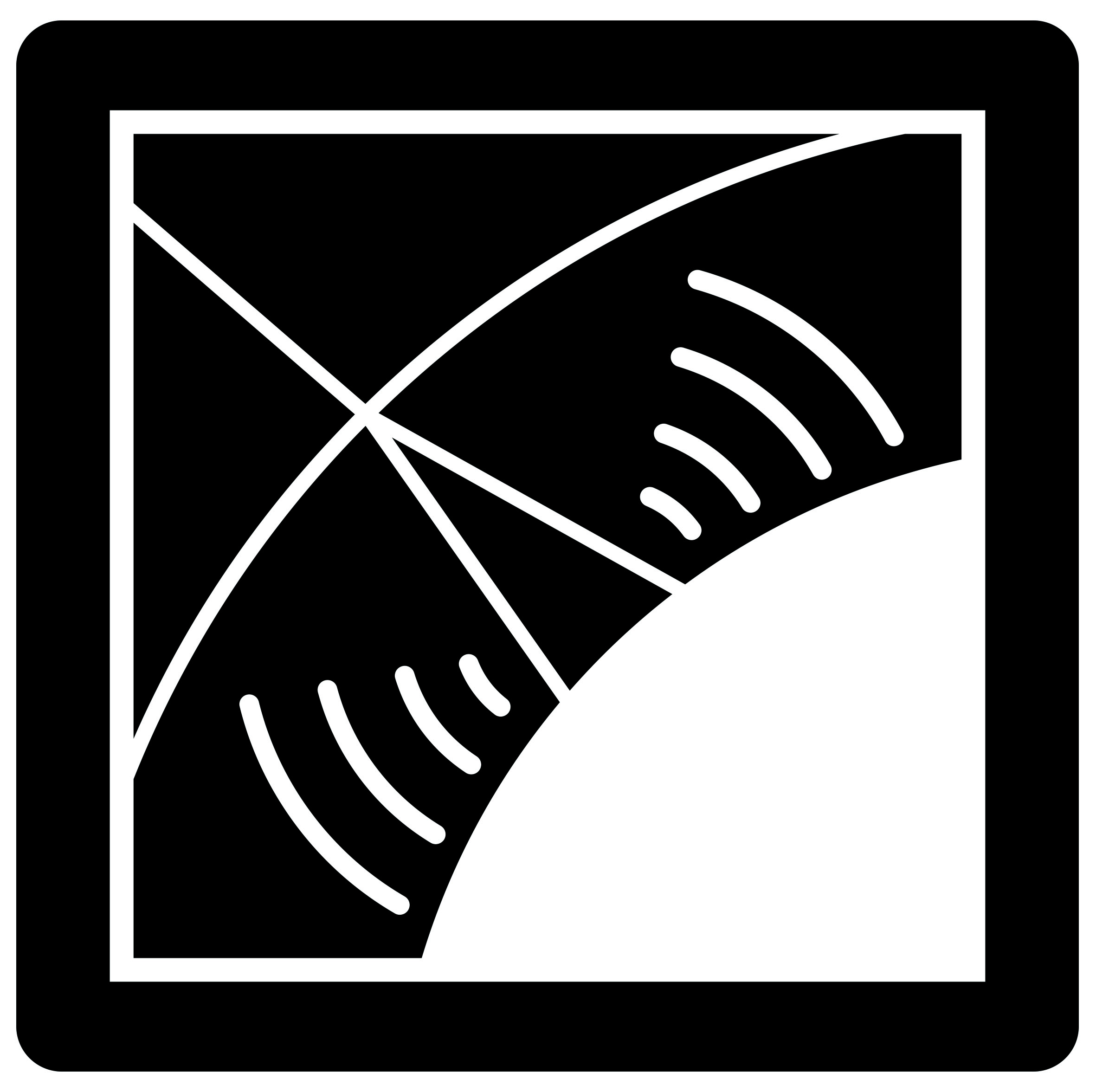CODALEMA, a Proof-of-Principle Experiment for Radio Detection of Ultra High Energy Cosmic Rays
Taking advantage of recent technical progress which has overcome some of the difficulties encountered in the 1960’s in the radio detection of extensive air showers induced by ultra high energy cosmic rays (UHECR), a new experimental apparatus (CODALEMA) has been built and operated.
 Figure: the capability of the first CODALEMA set-up to reconstruct signal directions is illustrated using a somewhat atypical data set consisting of nearly a hundred successive triggers that occurred within a 2 minute period. This high trigger rate would suggest that those events are from interference of human or atmospheric origin. In the figure the wavefront direction for each event is plotted on a sky map. The sequence of points form a trajectory which would correspond to that of a single emitting source moving from north to south above the detector array.
Figure: the capability of the first CODALEMA set-up to reconstruct signal directions is illustrated using a somewhat atypical data set consisting of nearly a hundred successive triggers that occurred within a 2 minute period. This high trigger rate would suggest that those events are from interference of human or atmospheric origin. In the figure the wavefront direction for each event is plotted on a sky map. The sequence of points form a trajectory which would correspond to that of a single emitting source moving from north to south above the detector array.
Published by D. Ardouin, A. Bellétoile, D. Charrier, R. Dallier, L. Denis, P. Eschstruth, T. Gousset, F. Haddad, J. Lamblin, P. Lautridou, A. Lecacheux, D. Monnier-Ragaigne, A. Rahmani, O. Ravel in Nuclear Instruments and Methods A, Volume 555, December 2005, P. 148-163 DOI: 10.1016/j.nima.2005.08.096
